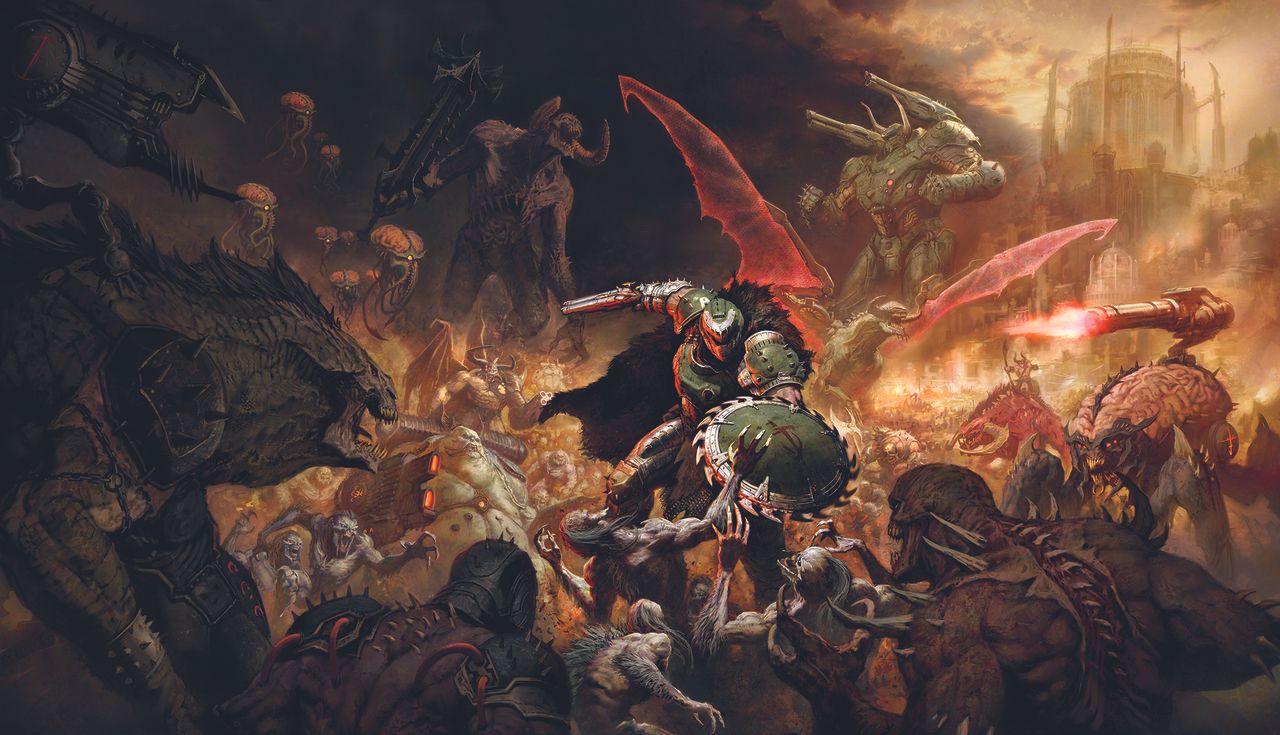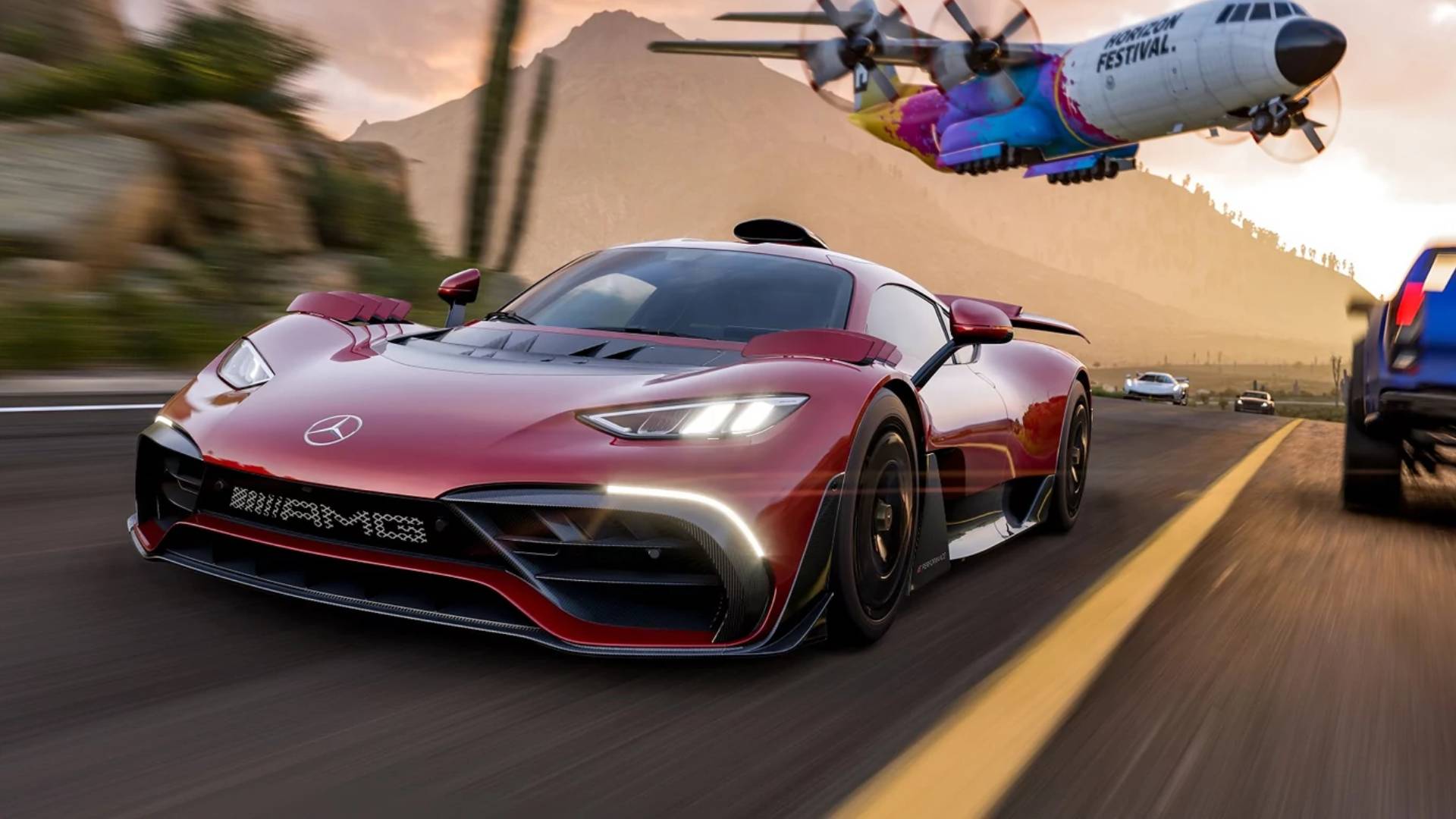Unity vient de dévoiler son outil d'IA dans Unity 6.2, parce que, bien sûr, créer des sprites, textures et animations à la main, c'est tellement 1990. Pourquoi se fatiguer quand une machine peut le faire pour vous, n'est-ce pas ? On attend avec impatience de voir quel type d'art abstrait généré par IA va nous servir de toile de fond dans nos jeux. Et pour ceux qui se posent des questions, sachez que les FAQ sont là pour vous rappeler que l'humain est désormais optionnel dans le processus créatif. Vive l'avenir, où même l'âme des jeux vidéo est générée par des algorithmes !
#Unity #IA #JeuxVid
#Unity #IA #JeuxVid
Unity vient de dévoiler son outil d'IA dans Unity 6.2, parce que, bien sûr, créer des sprites, textures et animations à la main, c'est tellement 1990. Pourquoi se fatiguer quand une machine peut le faire pour vous, n'est-ce pas ? On attend avec impatience de voir quel type d'art abstrait généré par IA va nous servir de toile de fond dans nos jeux. Et pour ceux qui se posent des questions, sachez que les FAQ sont là pour vous rappeler que l'humain est désormais optionnel dans le processus créatif. Vive l'avenir, où même l'âme des jeux vidéo est générée par des algorithmes !
#Unity #IA #JeuxVid
1 Σχόλια
·0 Μοιράστηκε
·0 Προεπισκόπηση















